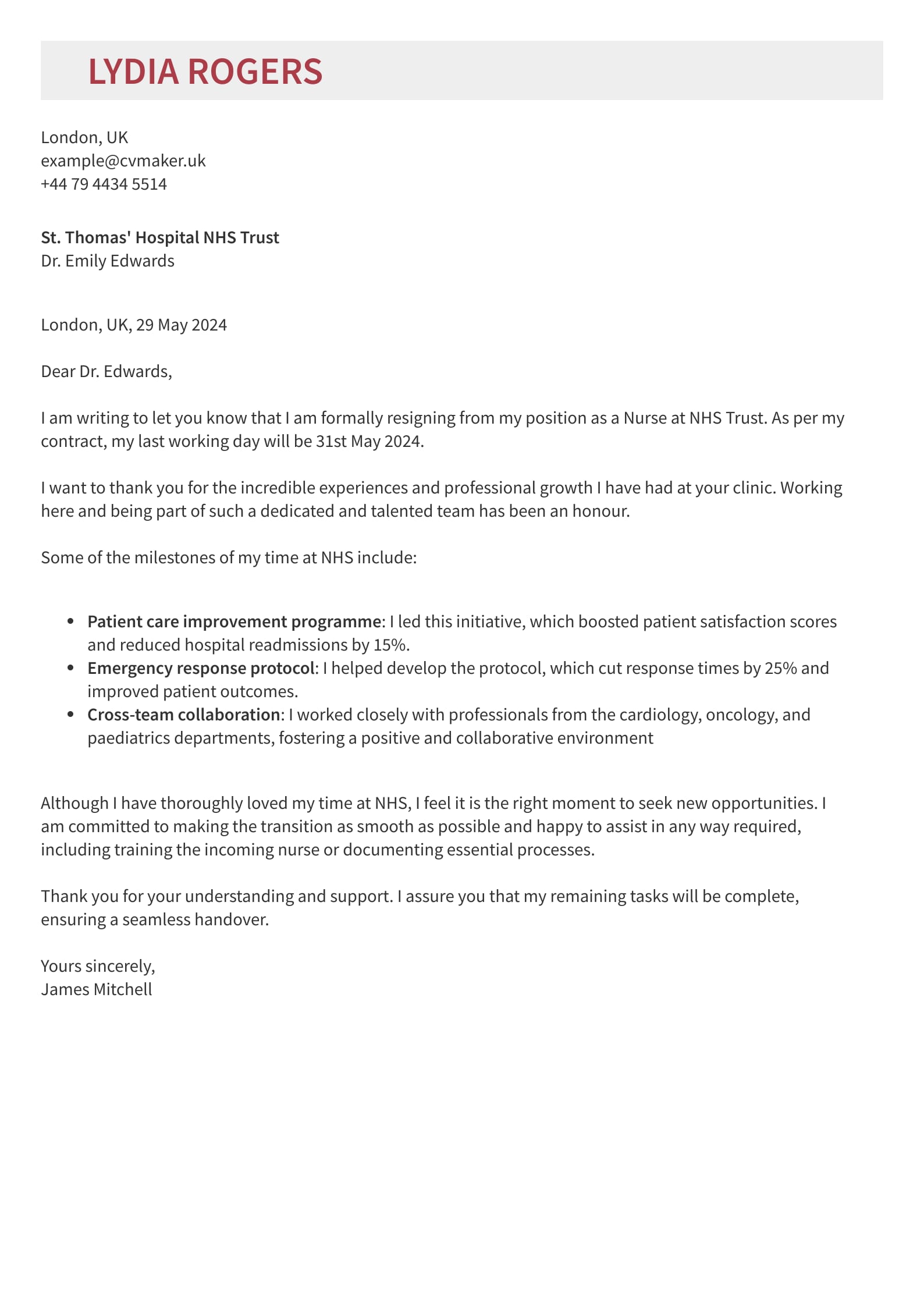
Are you considering leaving your current job and need to submit a formal resignation letter? Look no further!
In this comprehensive guide, we will walk you through everything you need to know about formal resignation letters. From what they are to why they are important, how to write one, examples, and tips for successful resignation letters, we’ve got you covered.
What is a Formal Resignation Letter?
A formal resignation letter is a written document that an employee submits to their employer to officially announce their decision to leave the company. It serves as a professional way to communicate your intention to resign and provides a record of your resignation for both parties.
When writing a formal resignation letter, it is essential to maintain a polite and respectful tone, regardless of your reasons for leaving. This document will be placed in your employee file and may be used as a reference in the future, so it’s crucial to leave on good terms.
Why are Formal Resignation Letters Important?
Submitting a formal resignation letter is a standard practice in the business world for several reasons. Firstly, it shows professionalism and courtesy towards your employer by giving them proper notice of your departure. It also helps to maintain a positive relationship with your current employer and colleagues, which can be beneficial for future references.
Additionally, a formal resignation letter serves as a legal document that establishes the date of your resignation and other important details, such as your last working day. This can help to avoid any confusion or misunderstandings regarding your departure and ensure a smooth transition for both you and your employer.
How to Write a Formal Resignation Letter
Writing a formal resignation letter may seem daunting, but it doesn’t have to be complicated. Here are some steps to help you craft a professional and effective resignation letter:
1. Start by addressing your letter to the appropriate person, usually your direct supervisor or manager.
2. Clearly state your intention to resign and provide the date of your last working day.
3. Express gratitude for the opportunities and experiences you have had during your time at the company.
4. Keep the tone positive and avoid including any negative comments or complaints.
5. Offer to assist with the transition, such as training a replacement or completing any pending projects.
6. Close the letter with a polite farewell and your signature.
Examples of Formal Resignation Letters
Here are a few examples of formal resignation letters that you can use as a reference when writing your own:
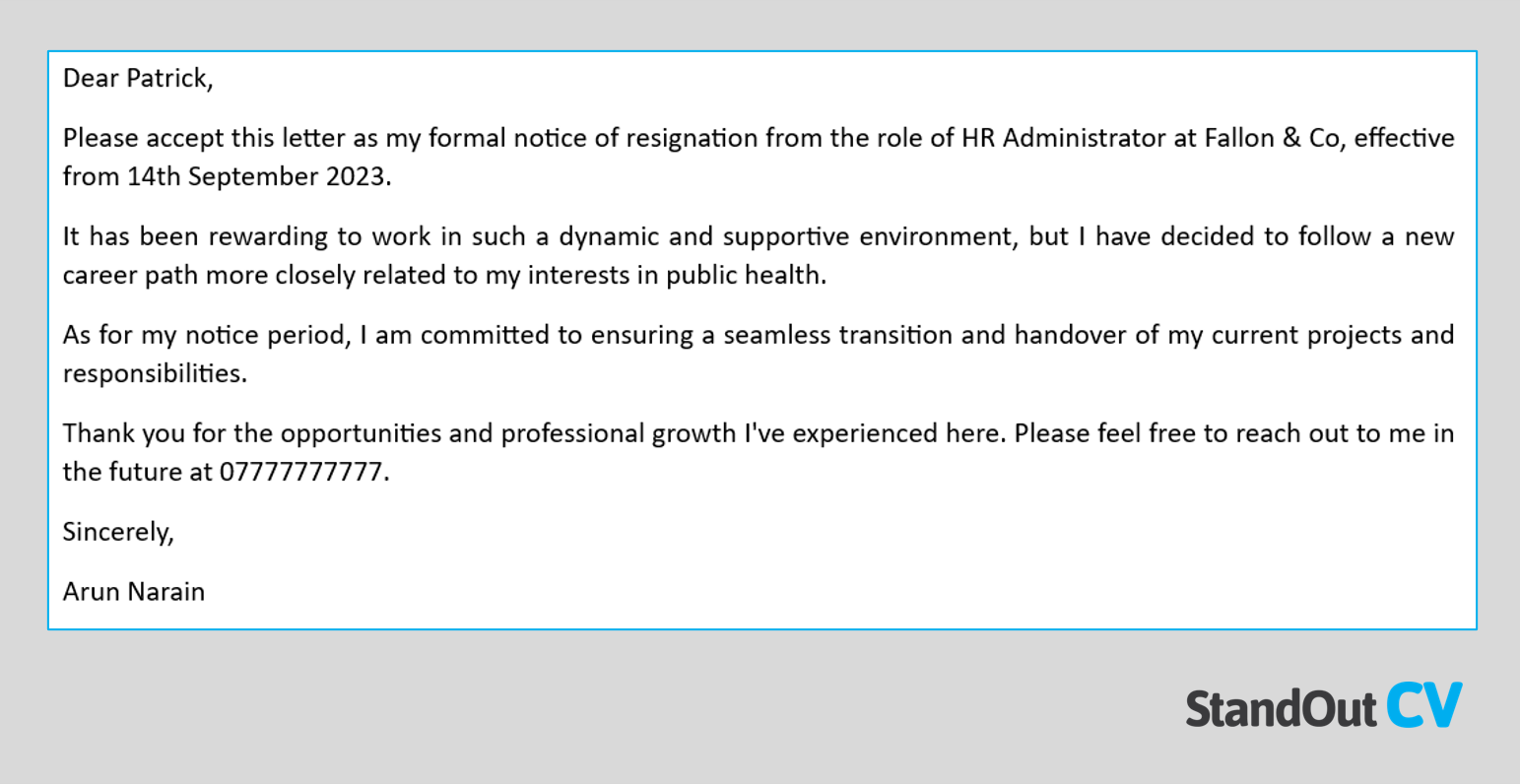
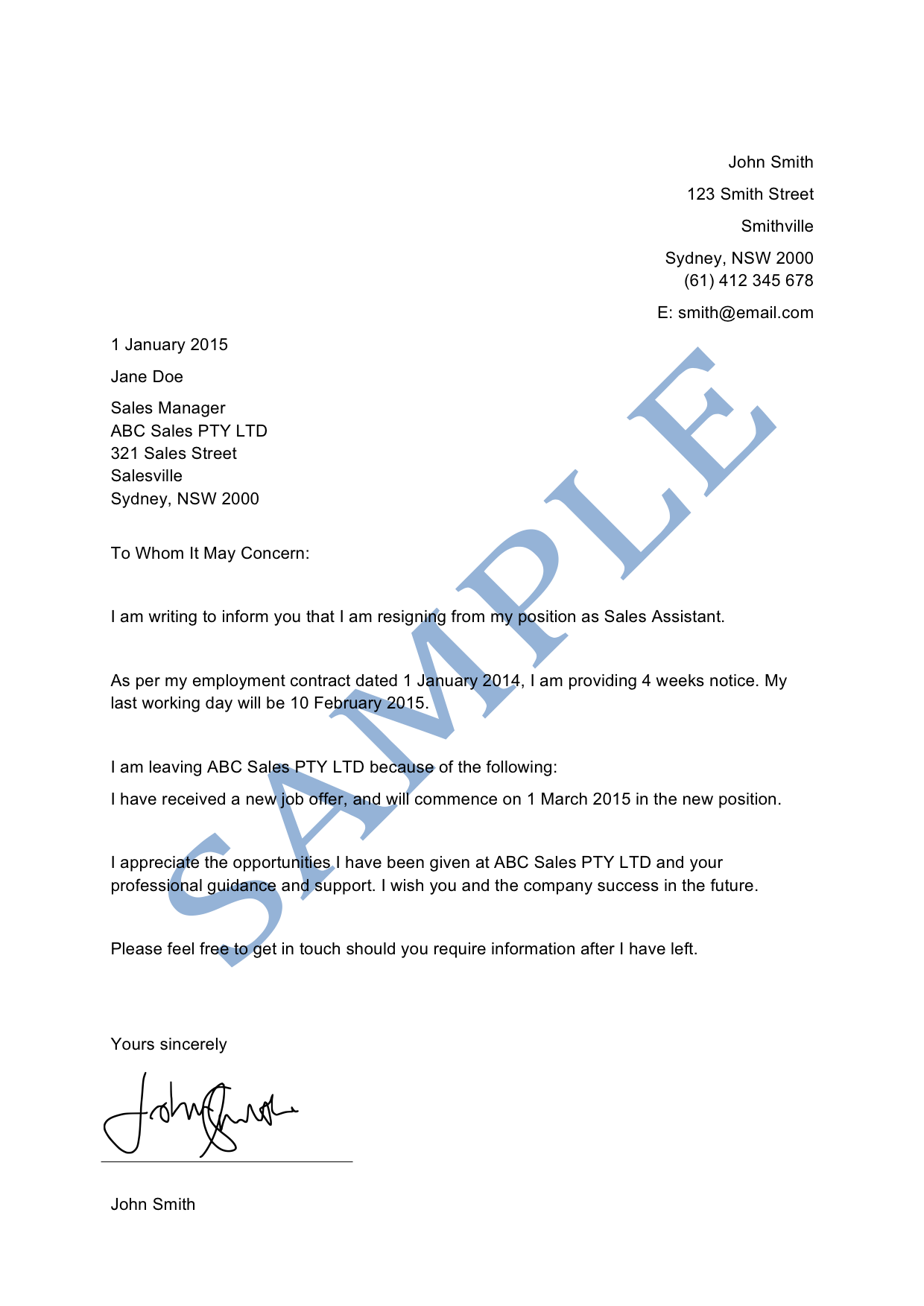
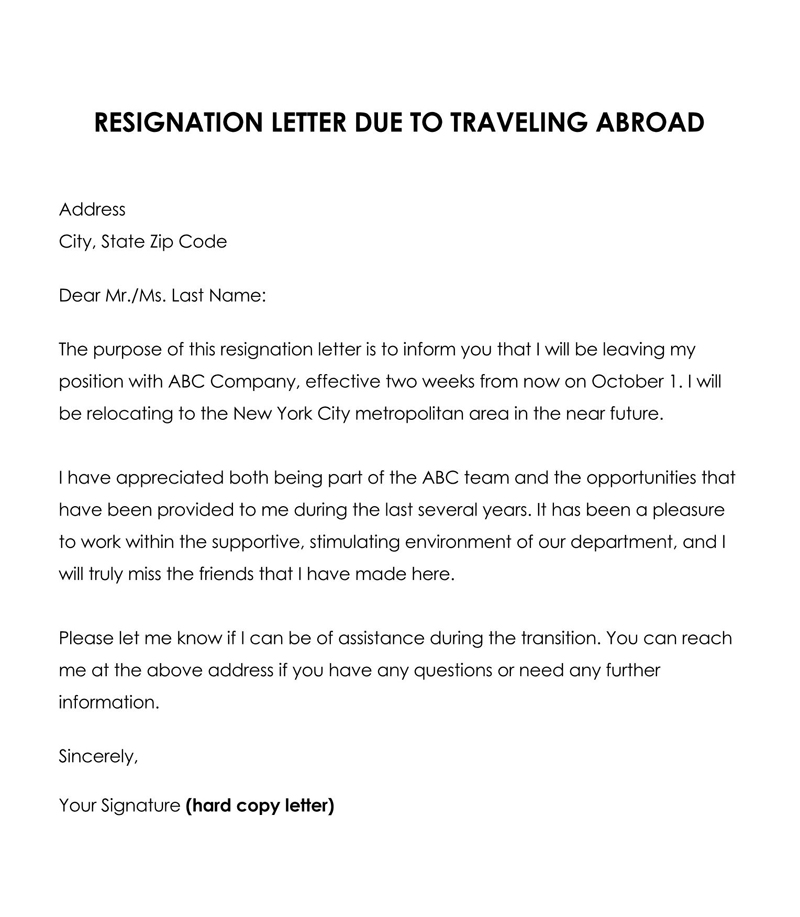
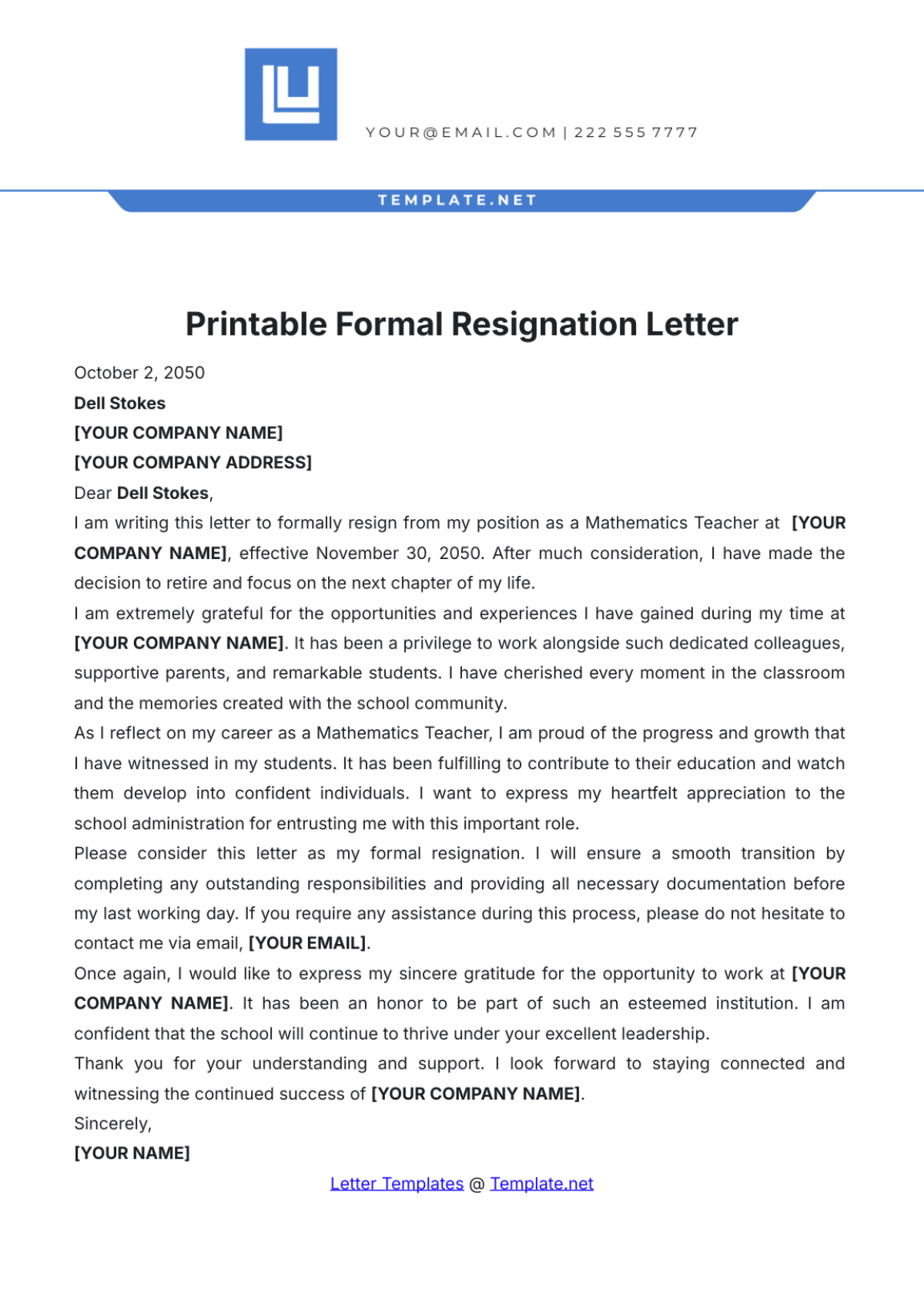
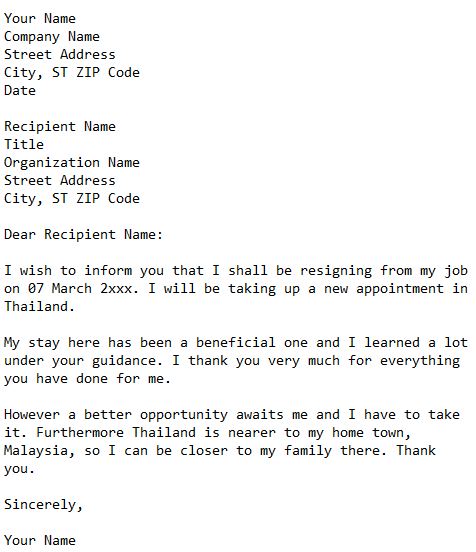
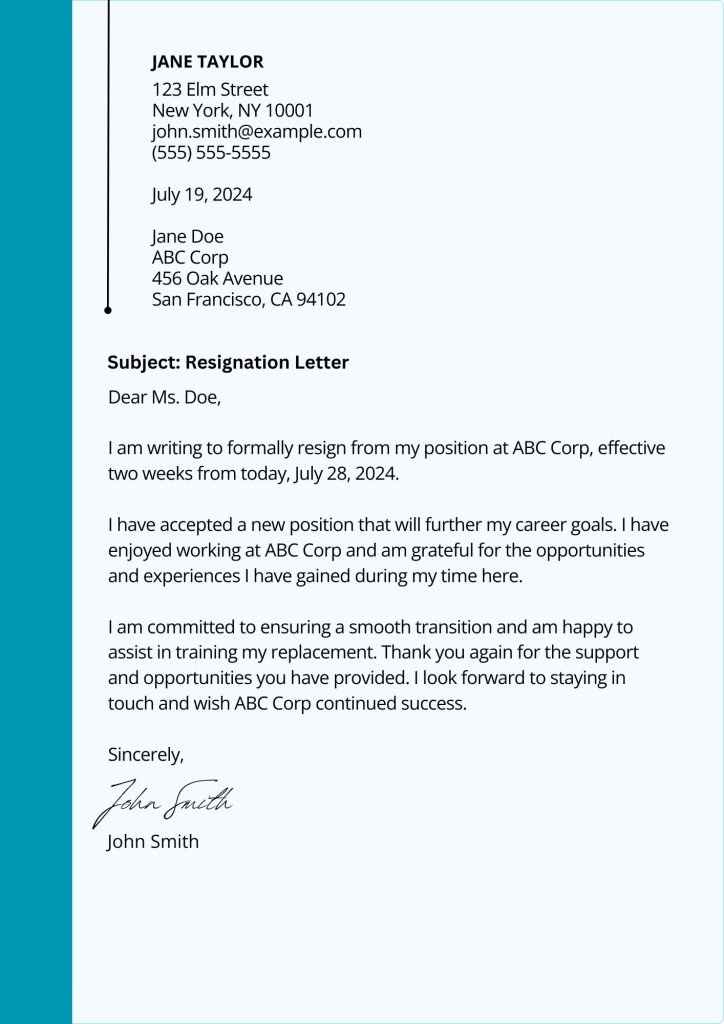

Tips for Successful Formal Resignation Letters
To ensure that your formal resignation letter is well-received and leaves a positive impression, consider the following tips:
1. Give proper notice: Provide at least two weeks’ notice before your intended departure date.
2. Be professional: Maintain a professional and respectful tone throughout the letter.
3. Express gratitude: Show appreciation for the opportunities and experiences you have had at the company.
4. Offer assistance: Offer to help with the transition process to make it easier for your employer.
5. Keep it simple: Keep your letter concise and focused on the main points.
6. Follow up: Consider following up with a face-to-face conversation after sending your resignation letter.
7. Stay positive: Focus on the future and avoid dwelling on any negative aspects of your current position.
By following these tips and guidelines, you can ensure that your formal resignation letter is well-written, professional, and sets the right tone for your departure. Remember, resigning from a job is a significant decision, and it’s essential to handle it with care and professionalism.